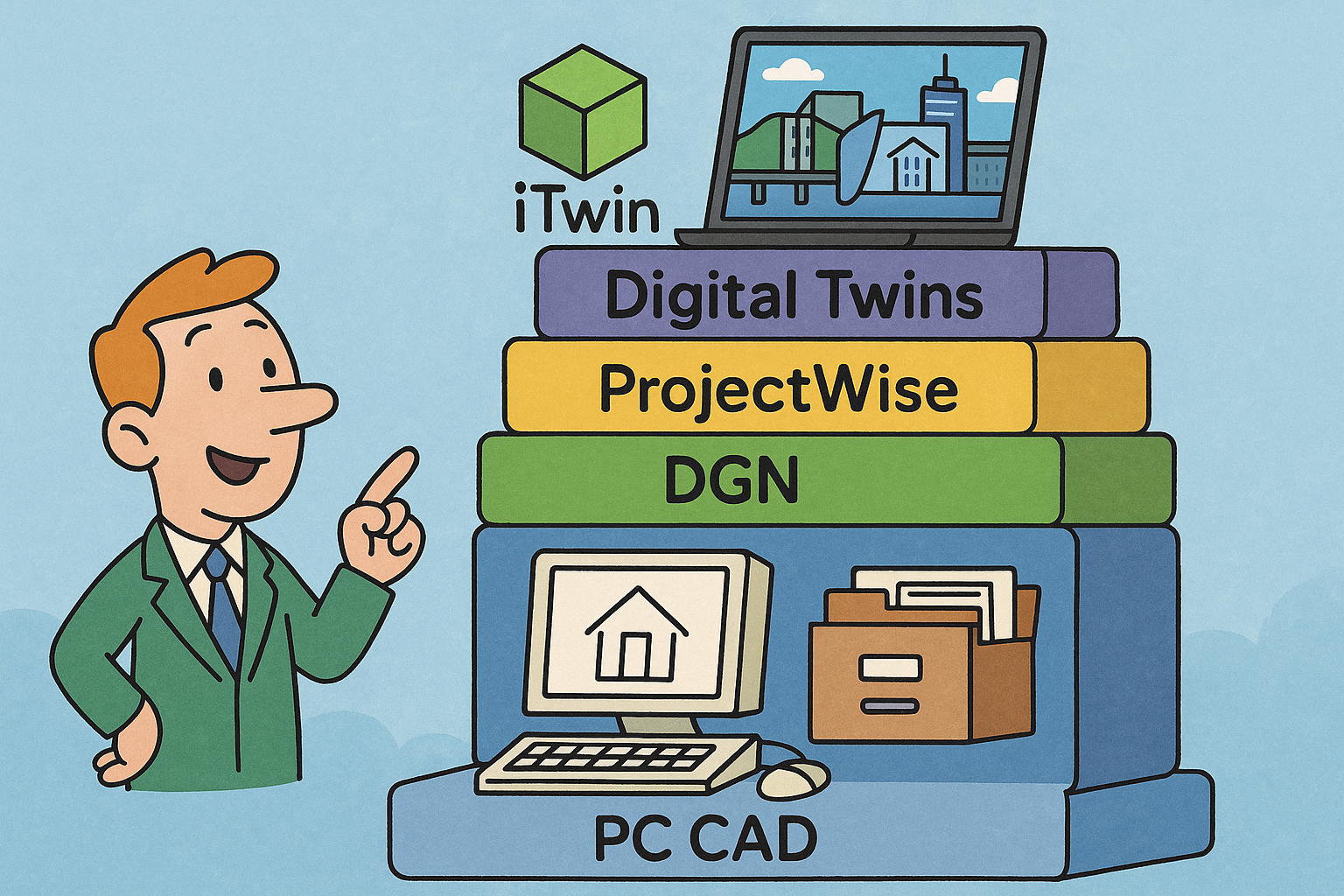Your Cart is Empty
Customer Testimonials
-
"Great customer service. The folks at Novedge were super helpful in navigating a somewhat complicated order including software upgrades and serial numbers in various stages of inactivity. They were friendly and helpful throughout the process.."
Ruben Ruckmark
"Quick & very helpful. We have been using Novedge for years and are very happy with their quick service when we need to make a purchase and excellent support resolving any issues."
Will Woodson
"Scott is the best. He reminds me about subscriptions dates, guides me in the correct direction for updates. He always responds promptly to me. He is literally the reason I continue to work with Novedge and will do so in the future."
Edward Mchugh
"Calvin Lok is “the man”. After my purchase of Sketchup 2021, he called me and provided step-by-step instructions to ease me through difficulties I was having with the setup of my new software."
Mike Borzage
Design Software History: Evolution of Product Lifecycle Management: From Traditional to Cloud-Based Solutions
July 07, 2024 2 min read


Introduction to Product Lifecycle Management (PLM)
**Product Lifecycle Management (PLM)** is a strategic business approach that applies a consistent set of business solutions in support of the collaborative creation, management, dissemination, and use of product definition information across the extended enterprise. PLM integrates people, processes, business systems, and information to manage the entire lifecycle of a product from inception, through engineering design and manufacturing, to service and disposal.
Historically, PLM systems have evolved significantly over the decades. Initially, these systems were primarily used by large corporations to manage complex product development processes. However, the increasing complexity of products and the need for efficient management of their lifecycles have driven the evolution and adoption of PLM systems across various industries.
For **Small and Medium-sized Enterprises (SMEs)**, the adoption of PLM systems is equally crucial. Despite being traditionally used by larger corporations, PLM offers significant benefits to SMEs by enhancing their ability to manage product information, streamline operations, and improve collaboration and innovation.
The Shift from Traditional PLM to Cloud-Based PLM
**Traditional PLM systems** have been known to come with several challenges. These include high costs of implementation and maintenance, a need for significant IT infrastructure and resources, and limited flexibility and scalability. These challenges have often posed barriers for SMEs in adopting PLM systems.
In contrast, **Cloud-Based PLM** systems offer several advantages that address the limitations of traditional PLM. These advantages include:
- Cost-effectiveness and reduced need for on-premises hardware.
- Scalability and flexibility to adapt to business growth.
- Enhanced collaboration and accessibility from anywhere with an internet connection.
Several **technological enablers** have facilitated the shift to cloud-based PLM. These include advances in cloud computing technologies, improved internet speeds and reliability, and enhanced security measures to protect sensitive data.
Key Players and Innovations
Several companies have pioneered the development and adoption of cloud-based PLM systems. Among these, **Autodesk**, **Dassault Systèmes**, and **PTC** stand out for their contributions and innovations.
**Autodesk** introduced Fusion Lifecycle, which has had a significant impact on SMEs by providing an affordable and scalable PLM solution. **Dassault Systèmes** has played a crucial role with its 3DEXPERIENCE platform, which has democratized PLM for smaller businesses. **PTC** has also been instrumental with its Onshape and Windchill platforms, catering specifically to the PLM needs of SMEs.
These platforms have introduced several innovative features and functionalities to cloud-based PLM, including:
- Integration with other cloud-based tools and platforms.
- Real-time collaboration and data sharing.
- AI-driven insights for better decision-making.
Future Trends and Considerations
The future of cloud-based PLM is poised to be shaped by several **emerging technologies**. These include the role of artificial intelligence, machine learning, and IoT in advancing cloud-based PLM. Additionally, blockchain technology has the potential to significantly impact data security and intellectual property management in PLM.
Despite the promising future of cloud-based PLM, there are several **adoption challenges** that need to be addressed. These include resistance to change and the need for cultural shifts within companies, data migration and integration with existing systems, and ensuring data security and regulatory compliance.
In conclusion, the transformative potential of cloud-based PLM for SMEs is immense. By staying updated with technological advancements and addressing adoption challenges, SMEs can leverage cloud-based PLM to drive innovation and growth.
Also in Design News

Rhino 3D Tip: Panel-Based Documentation for Grasshopper Definitions
January 10, 2026 2 min read
Read More
Design Software History: Bentley Systems: From PC CAD to an Infrastructure Stack — DGN, ProjectWise, iTwin and Digital Twins
January 10, 2026 14 min read
Read More
Ethical Generative Design Toolchains: Objectives, Provenance, Safety, and Sustainable Optimization
January 10, 2026 13 min read
Read MoreSubscribe
Sign up to get the latest on sales, new releases and more …


